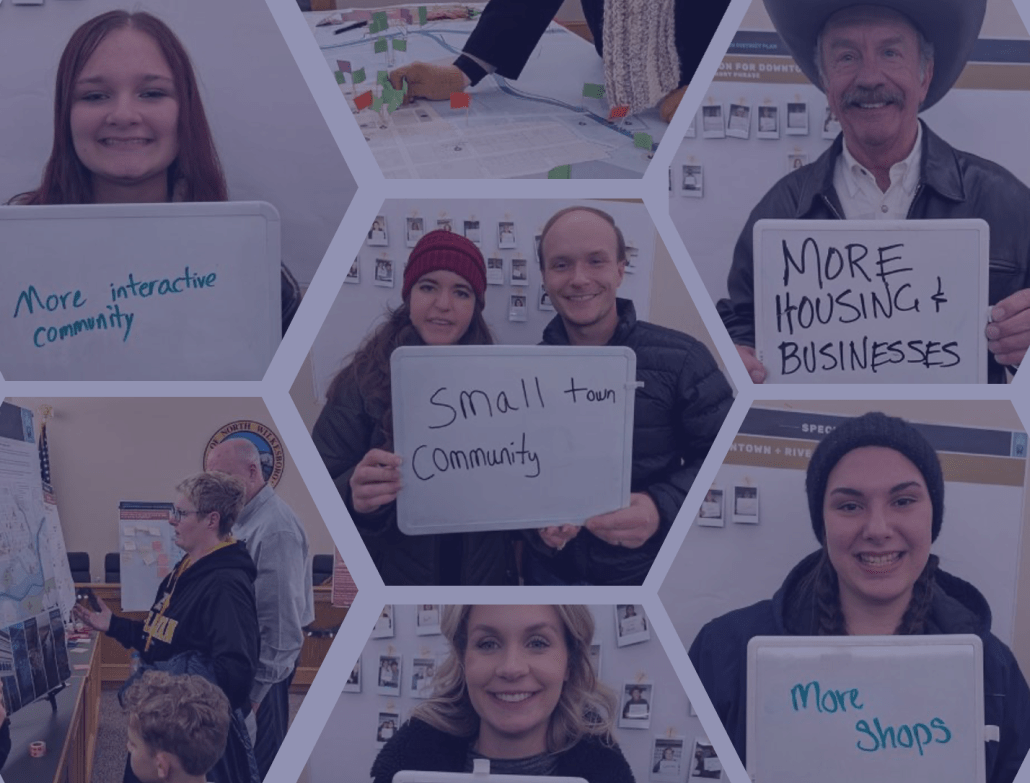Participatory budgeting refers to a process where the public is consulted on how shared resources should be spent. The key benefit of this process is that it allows residents to have a more direct role in shaping the space they live in. Participatory budgeting projects can be extensive or focus on more targeted, micro-scale interventions. With Maptionnaire, it’s possible to implement both larger and smaller scale participatory budgeting processes.
In Espoo, Finland, the city decided to utilize participatory budgeting to re-design an old playground. The city enjoyed the benefits of this participatory budgeting process as it also helped Espoo to resolve a planning conflict between public planners and local residents.
Turning A Planning Conflict Into Public Participation in Espoo, Finland
The City of Espoo’s “Heisipuunkuja” project is an example of how participatory budgeting can be used in the mediation of planning conflicts. The project was initiated after residents complained about the plans to demolish a small playground on their suburban street, Heisipuunkuja. To solve the conflict, Espoo decided to open up the planning process by asking the residents directly how they would spend the 10,000 euros reserved for the space.
To do this, Espoo used the Maptionnaire Community Engagement Platform to create a short survey, and invited people living close to the playground to tell how they would turn it into their neighborhood “living room”.
Participatory budgeting is still an underused method in the urban planning sector.
Annika Kemppainen, Horticultural Designer at the City of Espoo, who took the lead in creating the survey for the project
Participatory Budgeting Process for Allocating Money for an Old Playground
The survey had to make it possible for the residents to express their opinions and to produce data that could be used by the planners to make concrete decisions. Images were used to showcase the different options for vegetation, public art, and furniture.
Respondents were then asked to place the elements they chose directly on the map of the plan. This was done with the geobudgeting question type in Maptionnaire, which combines a budgeting feature with the map pin function. Residents could also leave additional comments.

The Benefits of Participatory Budgeting
Although Annika Kemppainen was already familiar with using Maptionnaire, this was her first time trying out the participatory budgeting features in the software.
She found the participatory budgeting feature particularly useful in:
- Providing clear ideas for planners because respondents had given a lot of thought to how they would organize different elements in the space;
- Creating better understanding about the needs of the residents;
- Improving the public's knowledge of the options and costs in constructing and maintaining public space.
I was very happy with the results of the project. Complaints from residents also ceased after we set up the survey.
Annika Kemppainen, Horticultural Designer at the City of Espoo
The survey was easy to create and respond to, and the ideas from residents have proved a valuable source for planners. Kemppainen would, however, recommend reserving enough time for preparing the survey, as compiling information on all the possible options for park furniture and vegetation took some time.
She says that the City of Espoo is looking into ways of continuing using participatory budgeting in city planning. “I’m excited about the possibilities of Maptionnaire. They seem to be just what we have been looking for.”
The City of Espoo is also using Maptionnaire for automating a public hearing process. This solution helps them to automate reporting and get better feedback; as a result, planners get more time on their hands to do actual planning instead of fitting bureaucratic requirements.

A Participatory Budgeting Process in Maptionnaire
By using Maptionnaire, you can conduct the entire participatory budgeting project on one platform, regardless of the size and scale of the budget that’s being allocated.
”Participatory budgeting can bring insights into the entire strategic planning of a city or, like in Espoo, be concentrated on some particular area or project. Our service is designed in such a way that the budgeting functionalities can support small or larger scale planning — and most of all, they are easy to use for both the designer of the survey as well as the respondent,” says Maarit Kahila, co-founder and CEO of Maptionnaire. “Feel free to reach out to us if you want to learn more,” recommends Maarit.








.jpeg)
.webp)

.webp)


.webp)
.png)














































